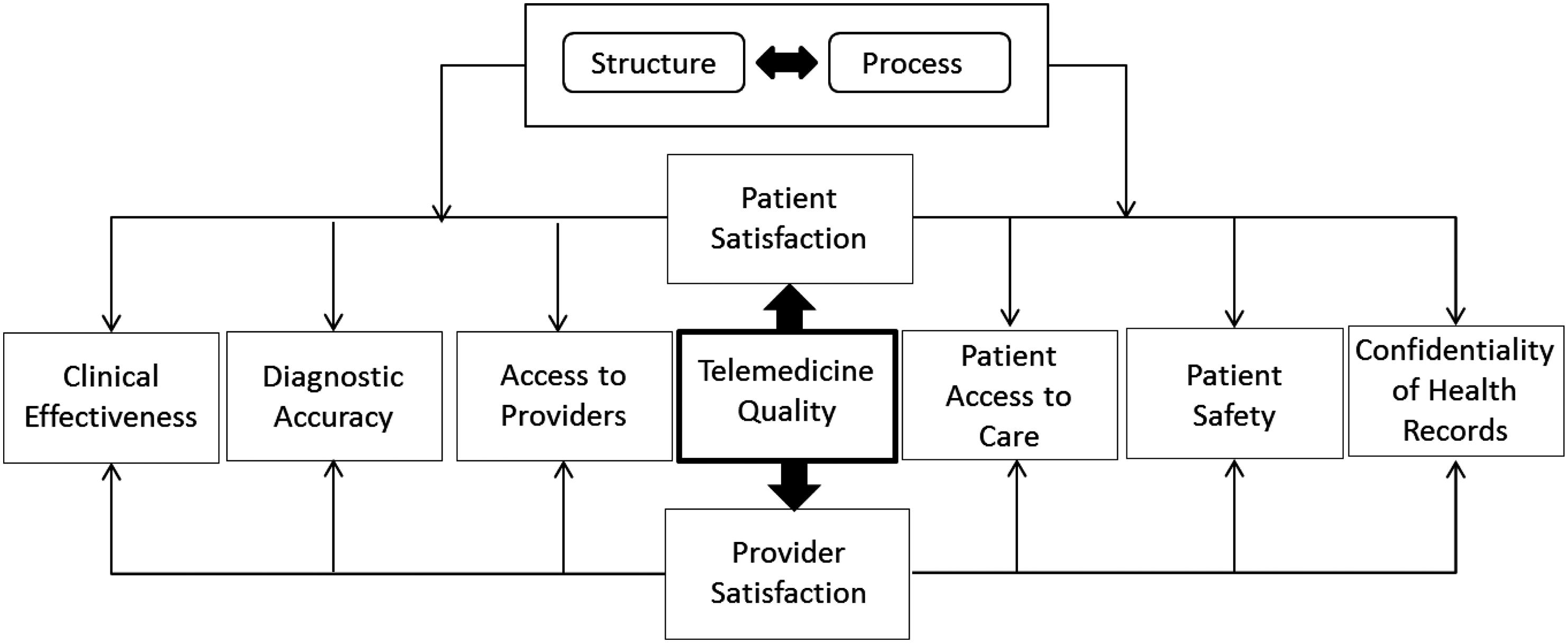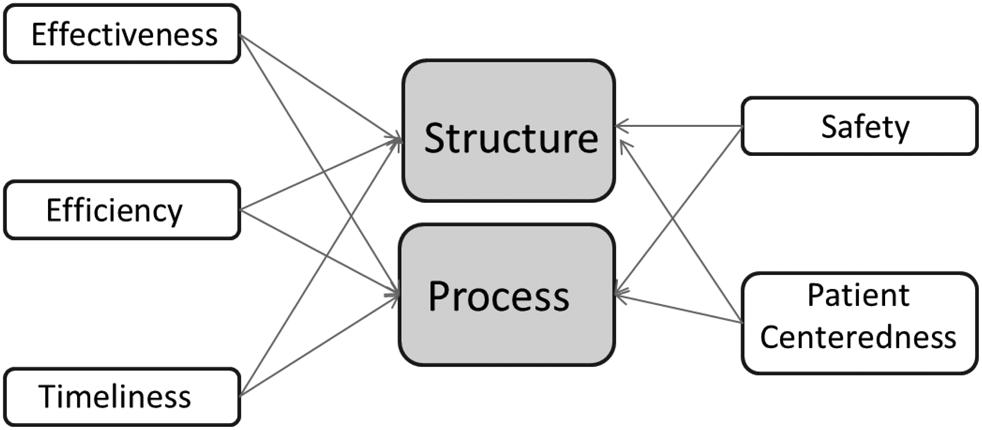
4 minute read
Measuring Patient Experience: HCAHPS Surveys
the patient experience, they must put patients first and at the center of everything they do. Because patients do not fully understand the clinical aspects of their care, they will continue to measure their experience based on their own proxy measures, like being treated respectfully, being listened to, receiving a good explanation, etc.
The Centers for Medicare & Medicaid Services (CMS), along with the Agency for Healthcare Research and Quality (AHRQ), developed the HCAHPS (Hospital Consumer Assessment of Healthcare Providers and Systems) Survey, also known as Hospital CAHPS®, to provide a standardized survey instrument and data collection methodology for measuring patients’ perspectives of hospital care. HCAHPS is the first national, standardized, publicly reported survey of patients’ perspectives of hospital care. The HCAHPS Survey (pronounced “H-caps”) is a 32-item instrument and data collection method for measuring patients’ perceptions of their hospital experience. HCAHPS allows valid comparisons across hospitals—locally, regionally, and nationally. The survey was nationally implemented in 2006, and public reporting of hospital scores began in 2008. Since 2012, HCAHPS scores have played a role in hospital payment through the Hospital Value-Based Purchasing program.
Advertisement
The original HCAHPS Survey captures the patient’s experience of communication with doctors and nurses, responsiveness of hospital staff, pain management, communication about medicines, cleanliness and quietness of the hospital, discharge information, transition to post-hospital care, and the overall rating of the hospital. The survey is administered between two and forty-two days after discharge to a random sample of adult patients. There are four approved modes of administration: mail, telephone, mixed (mail with telephone follow-up), and interactive voice response. The survey is officially available in Spanish, Chinese, Russian, Vietnamese, and Portuguese translations. About 4,000 hospitals participate in HCAHPS, and over three million patients complete the survey each year.
The HCAHPS survey is 32 questions in length—21 substantive items that encompass critical aspects of the hospital experience, four screening questions to skip patients to appropriate questions, and seven demographic items for adjusting the mix of patients across hospitals for analytical purposes.
Hospital Compare currently reports results for seven composite topics, two individual topics, and two global topics, as follows:
Composite topics
◾ Nurse communication (questions 1, 2, 3) ◾ Doctor communication (questions 5, 6, 7) ◾ Responsiveness of hospital staff (questions 4, 11) ◾ Pain management (questions 13, 14) ◾ Communication about medicines (questions 16, 17) ◾ Discharge information (questions 19, 20) ◾ Care transition (questions 23, 24, 25)
Individual topics
◾ Cleanliness of hospital environment (question 8) ◾ Quietness of hospital environment (question 9)
Global topics
◾ Hospital rating (question 21) ◾ Willingness to recommend hospital (question 22)
Hospital-level results are publicly reported on the Hospital Compare website four times a year. HCAHPS results are based on four quarters of data on a rolling basis. The HCAHPS survey is administered to a random sample of adult patients across medical conditions between forty-eight hours and six weeks after discharge; the survey is not restricted to Medicare beneficiaries.
According to CMS, the HCAHPS survey was shaped by three broad goals, as follows*:
1. To produce data about patients’ perspectives of care that allow objective and meaningful comparisons of hospitals on topics that are important to consumers 2. To create incentives for hospitals to improve their quality of care 3. To enhance accountability in healthcare by increasing the transparency of the quality of hospital care provided in return for the public’s investment
* Source: “HCAHPS: Patients’ Perspectives of Care Survey.” https://www.cms.gov/Medicare/Qualit y-Initiatives-Patient-Assessment-Instruments/Hospital
QualityInits/HospitalHCAHPS.html
Unfortunately, the financial incentives associated with HCAHPS, coupled with the growing focus on value-based care, have given rise to the tendency to equate the patient experience with HCAHPS. However, the patient experience spans a wider range of emotions about the services provided to patients. The “hassle factor” is an essential component of the service encounter, and HCAHPS fails to accurately measure the difficulties patients encounter in trying to navigate the system of care delivery.
The HCAHPS survey was originally designed to produce data about patients’ perspectives to enhance safety and accountability in healthcare. While HCAHPS does not measure the entire patient experience, it does measure key aspects of care such as pain management, responsiveness of the hospital staff, discharge information, and so forth. Measuring the true patient experience and care value is more complex. Metrics must also include the assessment of teamwork, communication, and the connection between patients and caregivers. The quality of the relationships creates the environment and culture of the workplace, which permeate all aspects of the patient experience.
Many hospitals have seen their scores rise and fall and are confounded by their inability to achieve their desired target. Just when the staff believe that they have found the answer to the patient experience puzzle with high scores for three to four consecutive months, their hopes are shattered when the scores plummet in the following three months. Without a culture of devotion to the patient experience or patient-centeredness, these wild, confounding patterns in HCAHPs scores will continue.
Some hospitals resort to focusing on improving one variable at a time. They do so in the hope that their overall score will improve if they address the variable with the lowest score. This strategy works only under certain conditions. A hospital with some culture of patient-centeredness can have some success with this tactic. However, a hospital lacking that basic culture does not stand a chance of achieving success by focusing on one variable at a time. The basic culture is like the foundation of a building and represents a predisposition to improving the patient experience across all functional areas. Put another way, a hospital whose scores are mostly “Usually” and a sprinkling of “Always” would have more success with the tactics of focusing on the weakest link—one variable at a time. Conversely, a hospital whose scores are mostly a combination of “Sometimes” and “Never” need a comprehensive retooling of its culture across all functional areas before it can benefit from the one-variable-at-atime tactic.





